|
[ PDF |
Code ]
Abstract:
In
inhomogeneous objects, a highlight is a linear combination of
specular and diffuse reflection components. A number of
methods have been proposed to separate these two components.
To our knowledge, all methods that use a single input image
require explicit color segmentation to deal with multicolored
surfaces. Unfortunately, for complex textured images, current
color segmentation algorithms are still problematic to
segment correctly. Consequently, a method without explicit
color segmentation becomes indispensable, and this paper
presents such a method. The method is based solely on colors,
particularly chromaticity, without requiring any geometrical
information. One of the basic ideas is to iteratively compare
the intensity logarithmic differentiation of an input image
and its specular-free image. Specular-free image is an
image that has exactly the same geometrical profile as
the diffuse component of the input image, and that can be
generated by shifting each pixel's intensity and maximum
chromaticity non-linearly. Unlike existing methods using a
single image, all processes in the proposed method are done
locally, involving a maximum of only two neighboring pixels.
This local operation is useful for handle textured
objects with complex multicolored scenes. Our evaluations by
comparison with the results of polarizing filters show the
effectiveness of the proposed method.
"Do
not use the images in this website for testing your
code.
The
images are compressed images whose brightness might not be
linear to the flux of incoming
light.”
Results:
input
|
specular
free
|

|
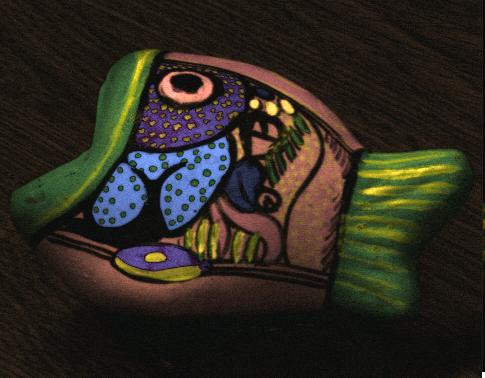
|
diffuse
component
|
specular
component
|
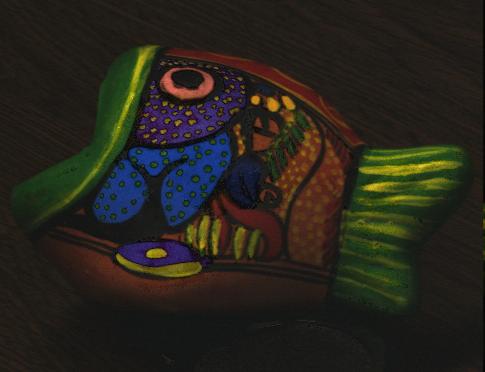
|
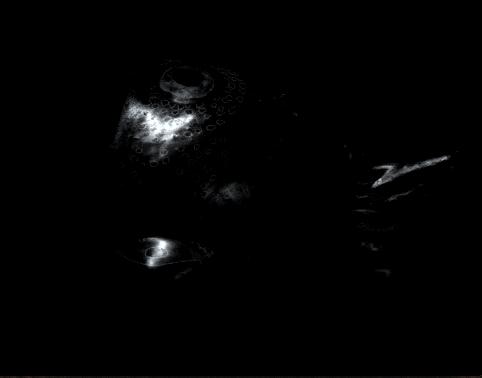
|
input
|
specular
free
|
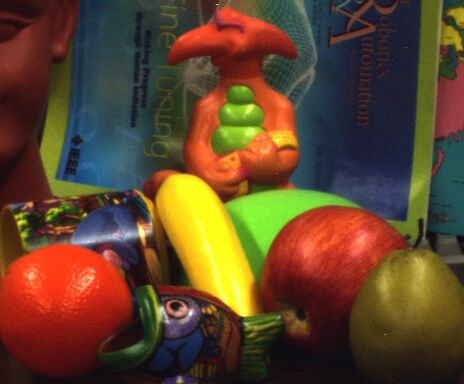
|
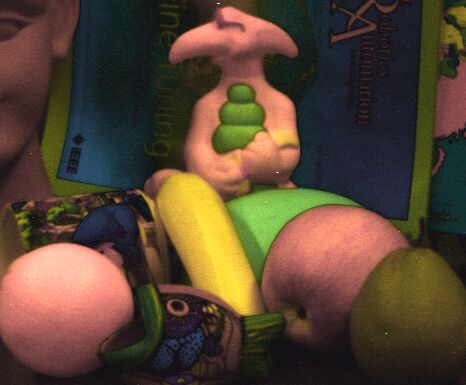
|
diffuse
component
|
specular
component
|
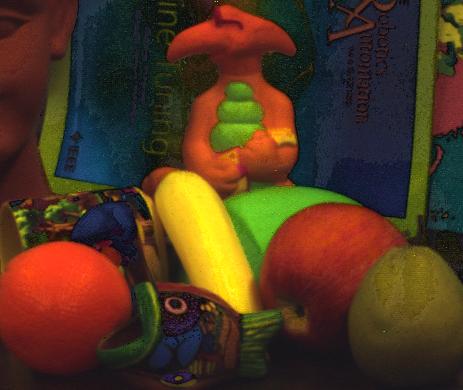
|
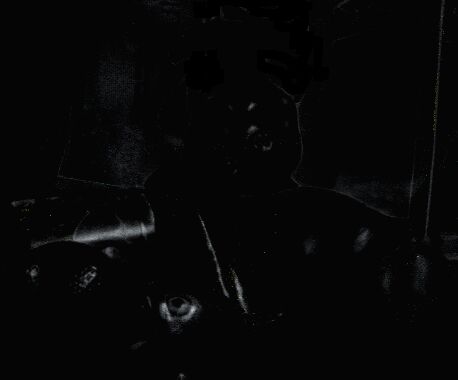
|
I.
SFU (SimonFraserUniversity)
Database:
(note,
in the experiments we ignored saturated pixels)
1.
Plastic-2_solux-3500:
input
|
specular
free
|
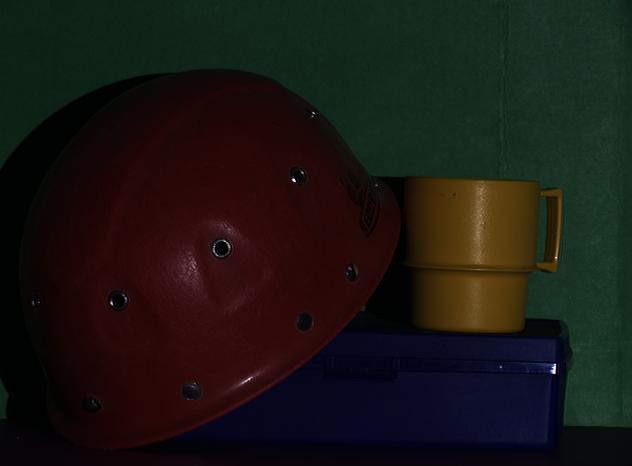
|
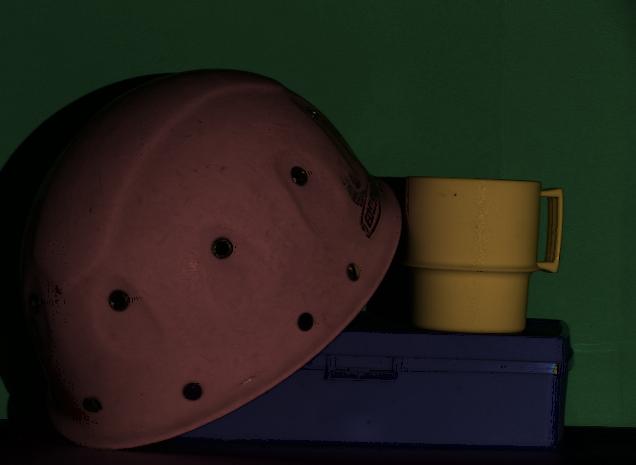
|
diffuse
component
|
specular
component
|

|
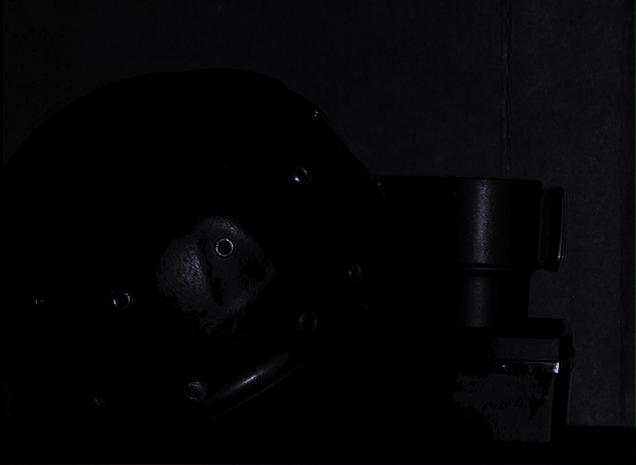
|
2.
Apples_syl-50MR16Q:
input
|
specular
free
|
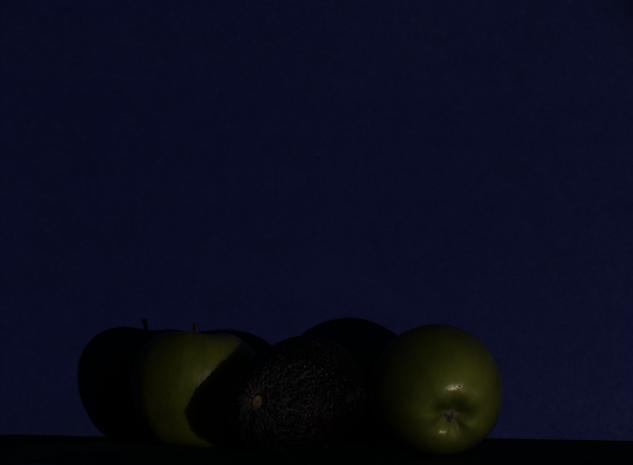
|
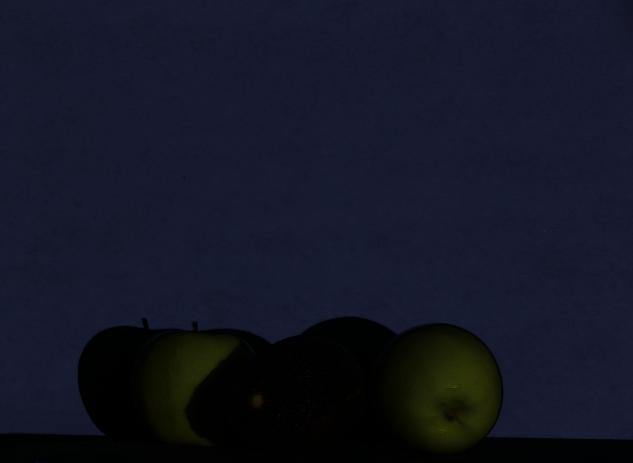
|
diffuse
component
|
specular
component
|
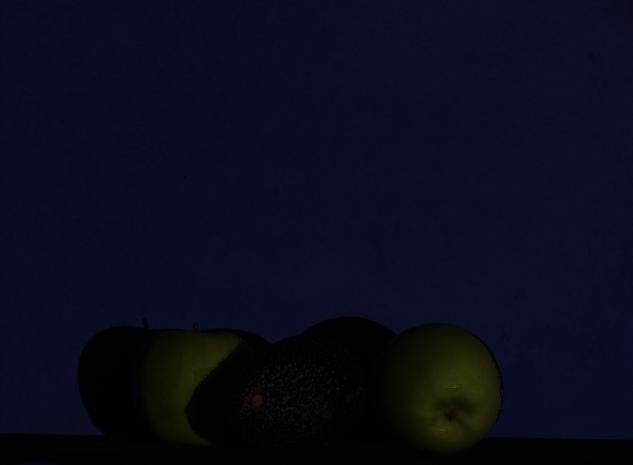
|
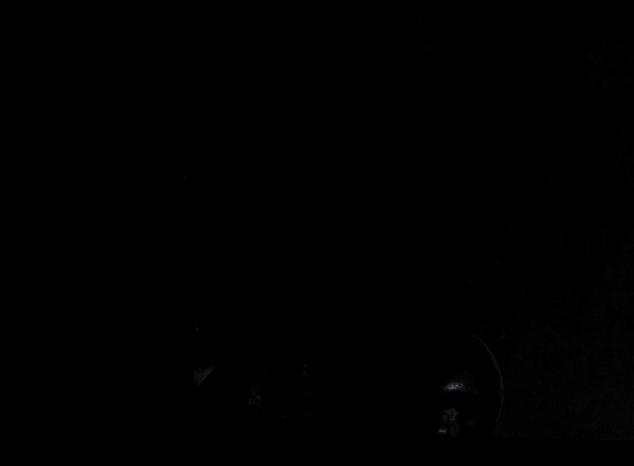
|
II.
Examples of Error Separation:
1. Illumination chromaticity is wrongly estimated:
actual illumination chromatcitiy: {r,g}={0.31,
0.31}, we set the illumination {0.35, 0.31}:
input
|
specular
free
|

|
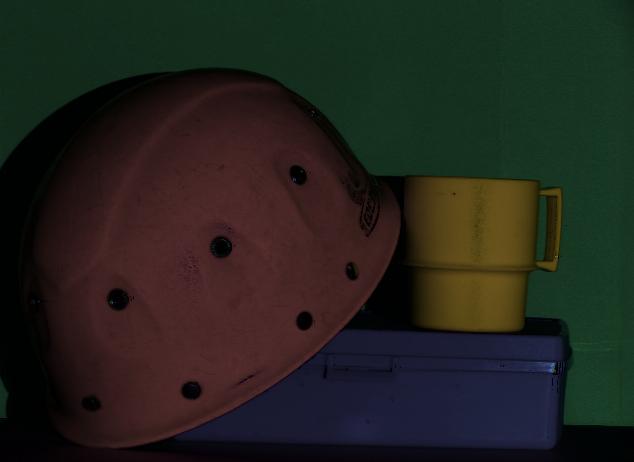
|
diffuse
component (error illumination estimation)
|
specular
component
|
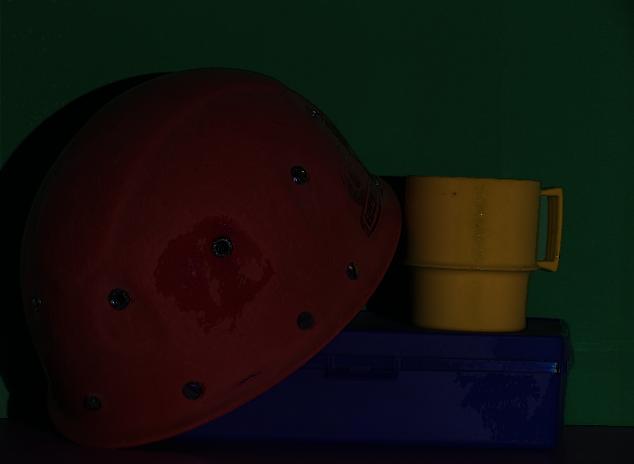
|
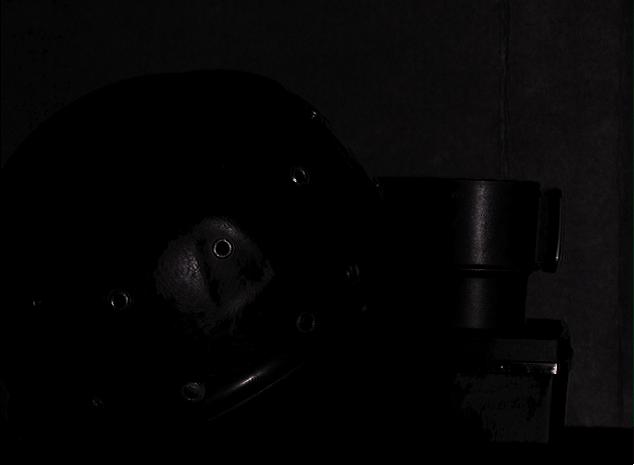
|
2. Near achromatic surface (parts of melon's gray color is
deemed as specularity, resulting wrong separation)
input
|
specular
free
|

|
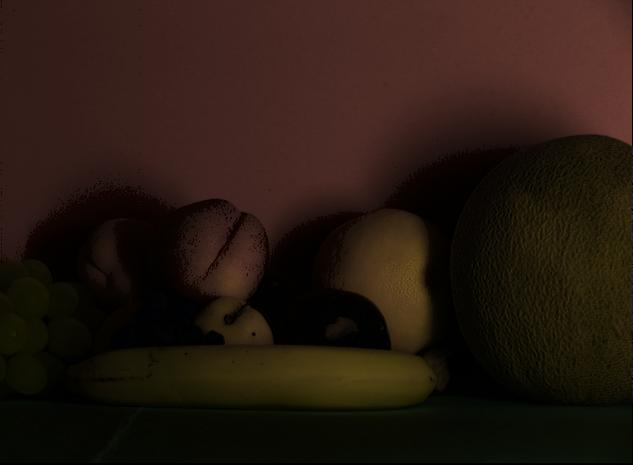
|
diffuse
component
|
specular
component
|
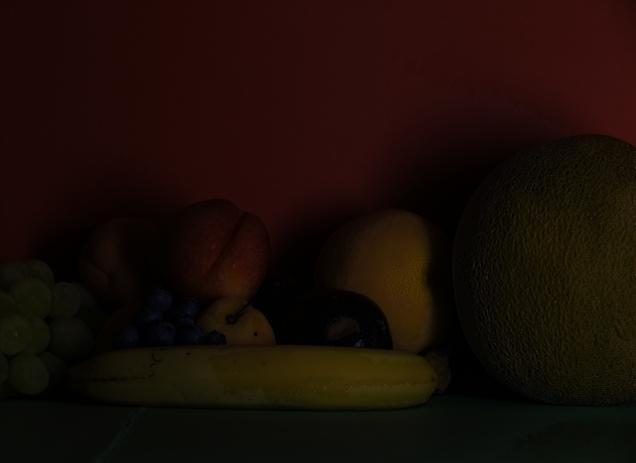
|
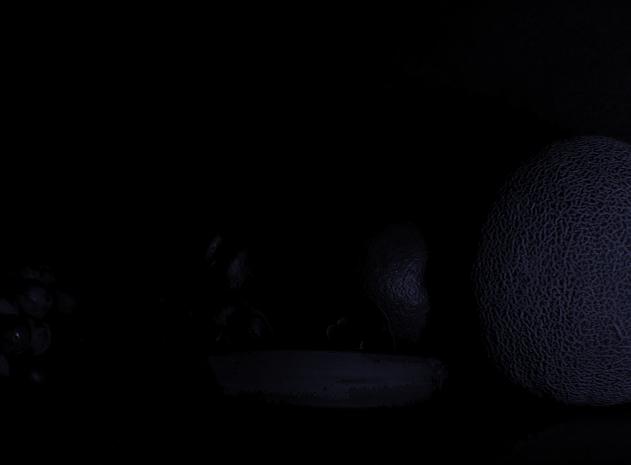
|
[
Abstract ]
|